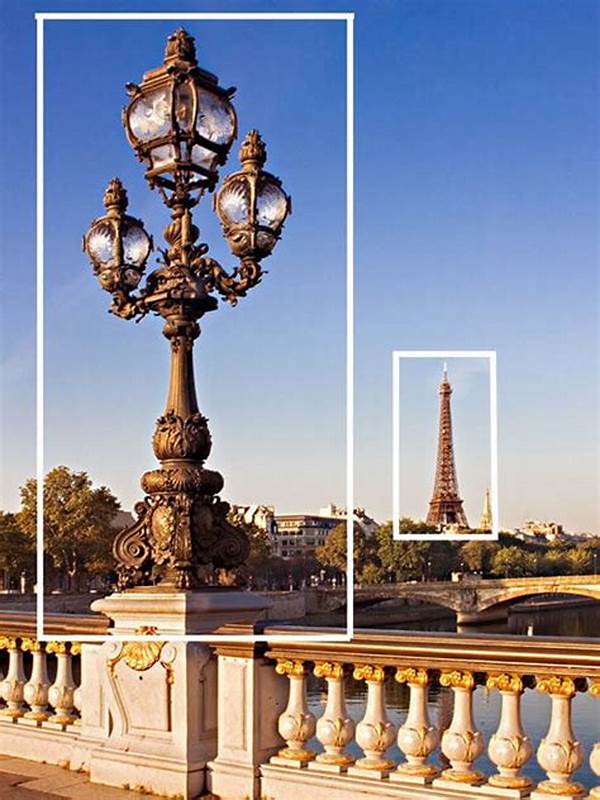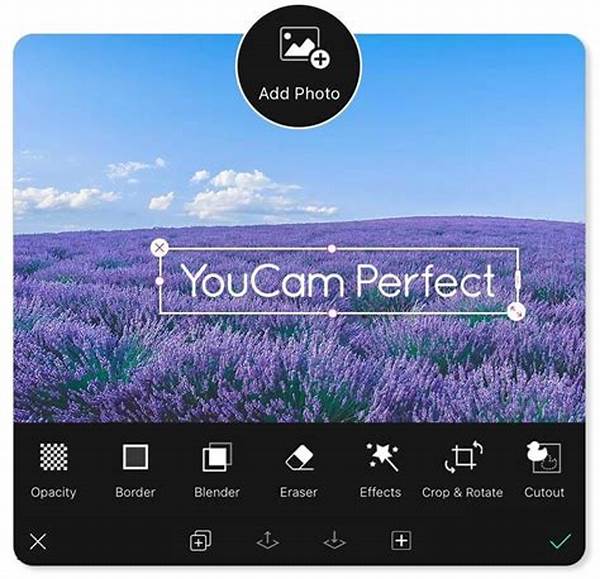Hey there, fellow design enthusiasts! Today, we’re diving into the intriguing world of negative space. Now, I know what you’re thinking—space that’s negative? Isn’t that a bad thing? Not at all! In design, negative space, or white space, is a powerful tool that can make your artwork pop. It’s like the unsung hero of the design universe, quietly playing a crucial role while going unnoticed by the general audience. Let’s break it down, shall we?
Read Now : Affordable Lighting Kits For Portraits
An Artistic Perspective
Negative space is all about the areas of your artwork that are left untouched. These are the blank spaces around and between the subjects of your image. Think of it as the quiet in a conversation that lets you fully appreciate the words being spoken. The use of negative space allows other elements in your design to breathe and stand out. It’s like the silence in music that makes the notes even more powerful. Whether it’s a logo, a painting, or a web page layout, effectively using empty space can transform your work from cluttered to elegant.
Imagine looking at a logo with lots of details crammed into a small space. It’s hard to focus on what’s important, right? Now picture a logo where the main element is surrounded by generous space. That’s the magic of using negative space—it creates balance and directs the eye to what’s crucial without overwhelming the viewer. Plus, it adds a touch of sophistication. So, next time you’re working on a design, remember that the use of negative space isn’t just an afterthought. It’s a strategic element that can elevate your design from ordinary to extraordinary.
Everyday Design Marvels
1. Logos: The use of negative space in logos makes them memorable. Think of the FedEx logo; its genius hidden arrow is all about negative space!
2. Web Design: Here, negative space increases readability. It keeps web pages clean and user-friendly, making content pop.
3. Advertising: Ads use negative space to draw attention to the product itself, like Apple’s stunningly minimalist ads.
4. Typography: In text, negative space helps balance the page, improving reading comfort and comprehension.
5. Photography: Photographers know that sometimes less is more. Negative space can emphasize the subject, making it stunning.
Why It Matters
The use of negative space isn’t just for aesthetics. It’s all about communication. Negative space guides the viewer through the design, highlighting the focal points and conveying a message without overwhelming the senses. In a chaotic visual world, serene spaces of nothingness are a breath of fresh air, creating a visual rest stop.
Think about your favorite website. Chances are, it’s designed with plenty of negative space. Not only does it appear sleek and modern, but it also enhances user experience. Visitors can easily navigate, comprehend information, and rest their eyes. It’s not just about looking good; it’s about making the user’s journey enjoyable and intuitive. Don’t underestimate the use of negative space—it’s a design secret weapon that works wonders in guiding the viewer’s attention and enhancing the overall message.
More Than Empty Spaces
Alright, let’s get real about how important the use of negative space can be in elevating designs. Embracing negative space ensures that every component of your design has its own moment to shine. By avoiding overcrowding, you can create a sense of order and harmony.
1. Focus: Negative space directs attention to crucial details.
2. Simplicity: Offers clarity by avoiding clutter.
3. Elegance: Adds sophistication with minimal elements.
4. Balance: Ensures a well-proportioned and harmonious design.
Read Now : Scalable Watermarking Application Design
5. Creativity: Inspires unique, imaginative interactions.
6. Emphasis: Highlights the focal elements effectively.
7. Legibility: Improves the reading experience in print and digital.
8. Branding: Ensures memorability by using clever space techniques.
9. Visual Breathing Room: Allows the eye to rest and absorb.
10. Innovation: Encourages new ways to view and implement design.
The Subtle Power
Negative space might seem like just the backdrop, but don’t be fooled—it’s integral to design success! This seemingly simple concept plays a big role in effective communication. The strategic use of negative space has its charm, offering design elegance and functionality.
Ever admired designs that seem to speak to you? That’s negative space at work. It subtly supports the primary focus and makes the design complete. Designers use this clever trick to shift gaze, evoke emotion, and leave a lasting impression. Remember, it’s not just about filling every inch with content; it’s about letting the design breathe, creating engagement with both space and substance.
Slang Infusion!
Yo, let’s talk about how the use of negative space is totally lit! This isn’t just art talk. It’s a legit life hack in the design game, peeps. It’s like throwing some shade, but visually, where the quiet parts speak the loudest. Think of it like your Spotify playlist. Those pauses are just as epic as the beats.
Negative space is swag in disguise. Sure, it might look like you couldn’t be bothered to fill in those gaps, but those gaps? They’re where the magic happens, fam. They keep your designs from looking like a hot mess and make everything look hella professional. So go on, embrace the empty like it’s your new bestie.
Wrapping It Up
In a nutshell, never underestimate the power of empty spaces. The use of negative space is a silent powerhouse in design. It’s the quiet yet confident artist who doesn’t need to scream for attention to be noticed. It guides, emphasizes, and delivers clarity without any drama. Those voids aren’t void at all—they hold the essence and purpose of design.
This isn’t just about aesthetics, though. It’s about perfecting communication through visual media. Whether you’re jazzing up a web page, crafting a logo, or simply arranging text, negative space makes sure the message is clear and compelling. So, next time you’re on a creative journey, remember to embrace that negative space! Leave room for imagination, for pondering, and for pure visual pleasure. Cheers to designing with purpose and panache!



